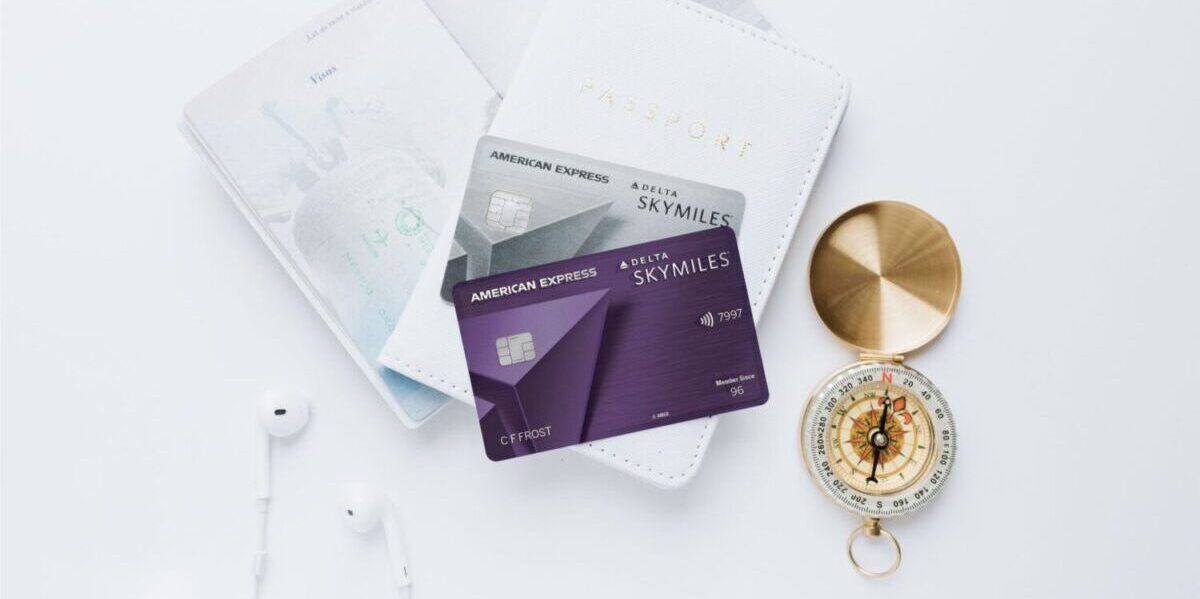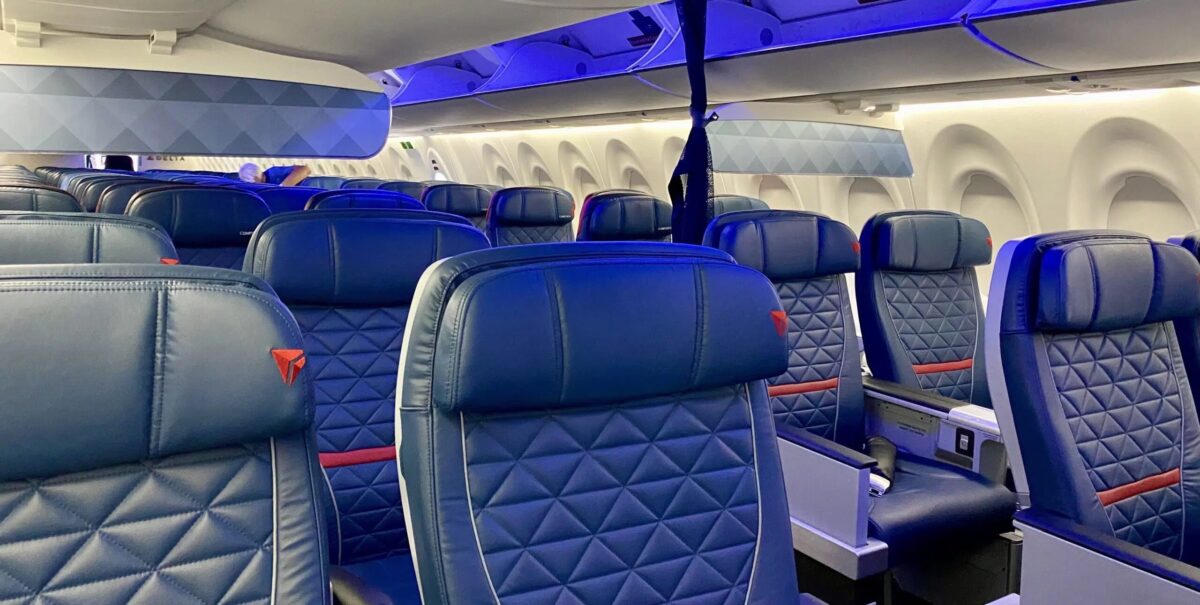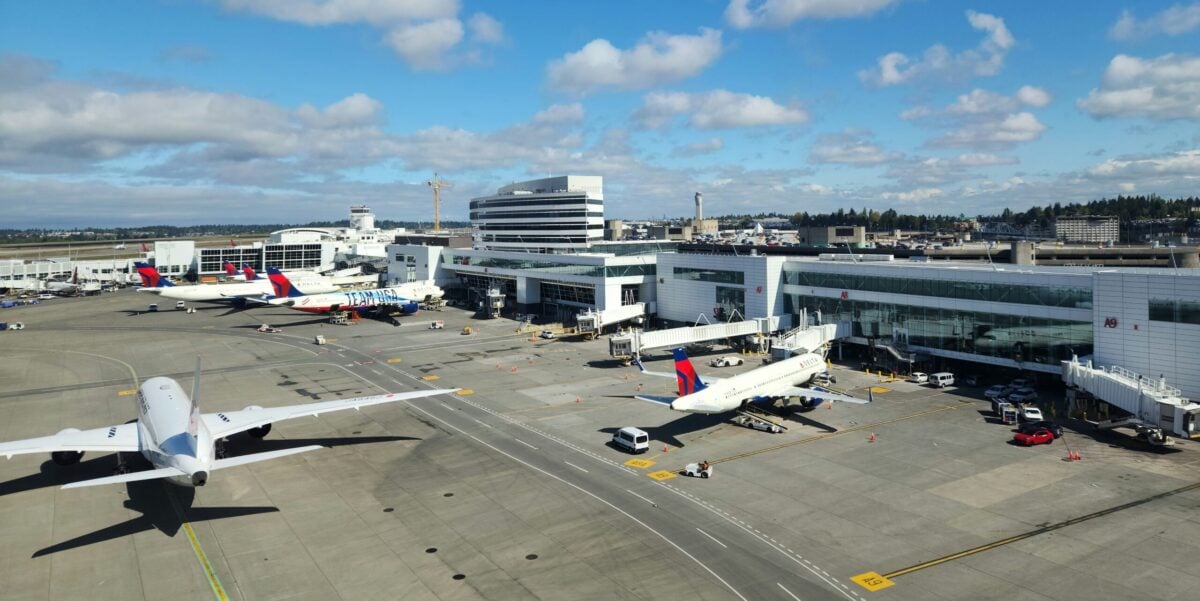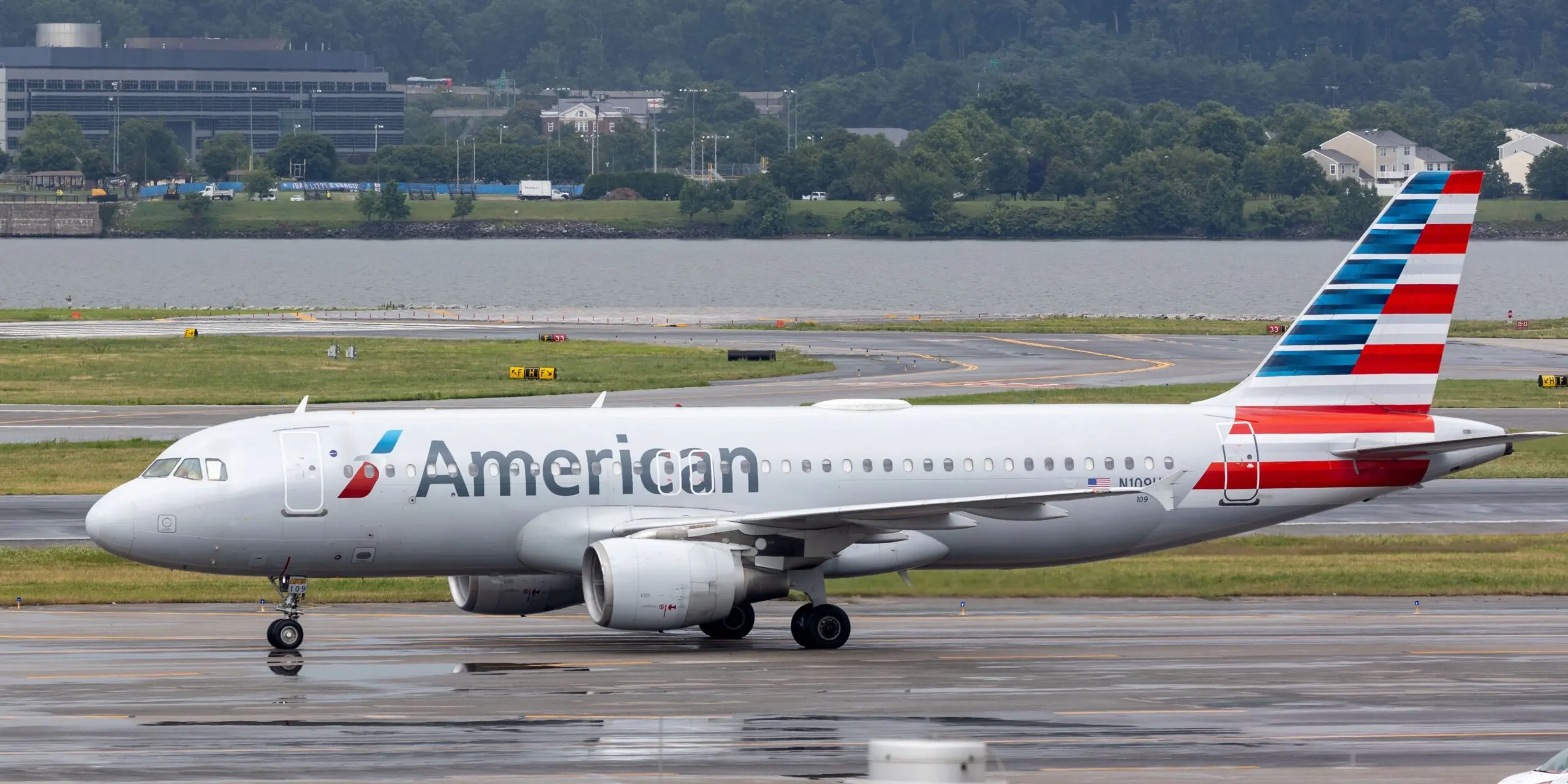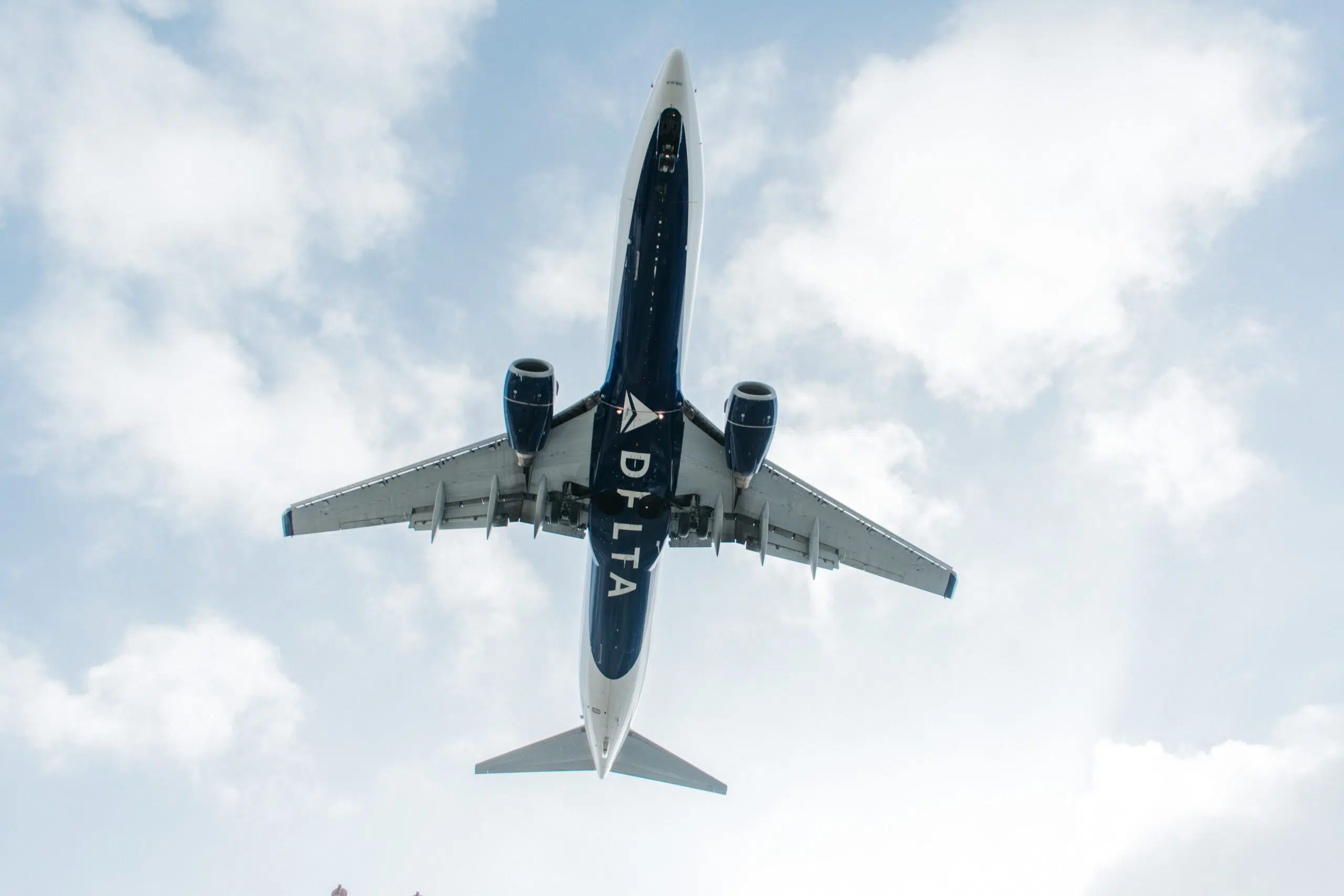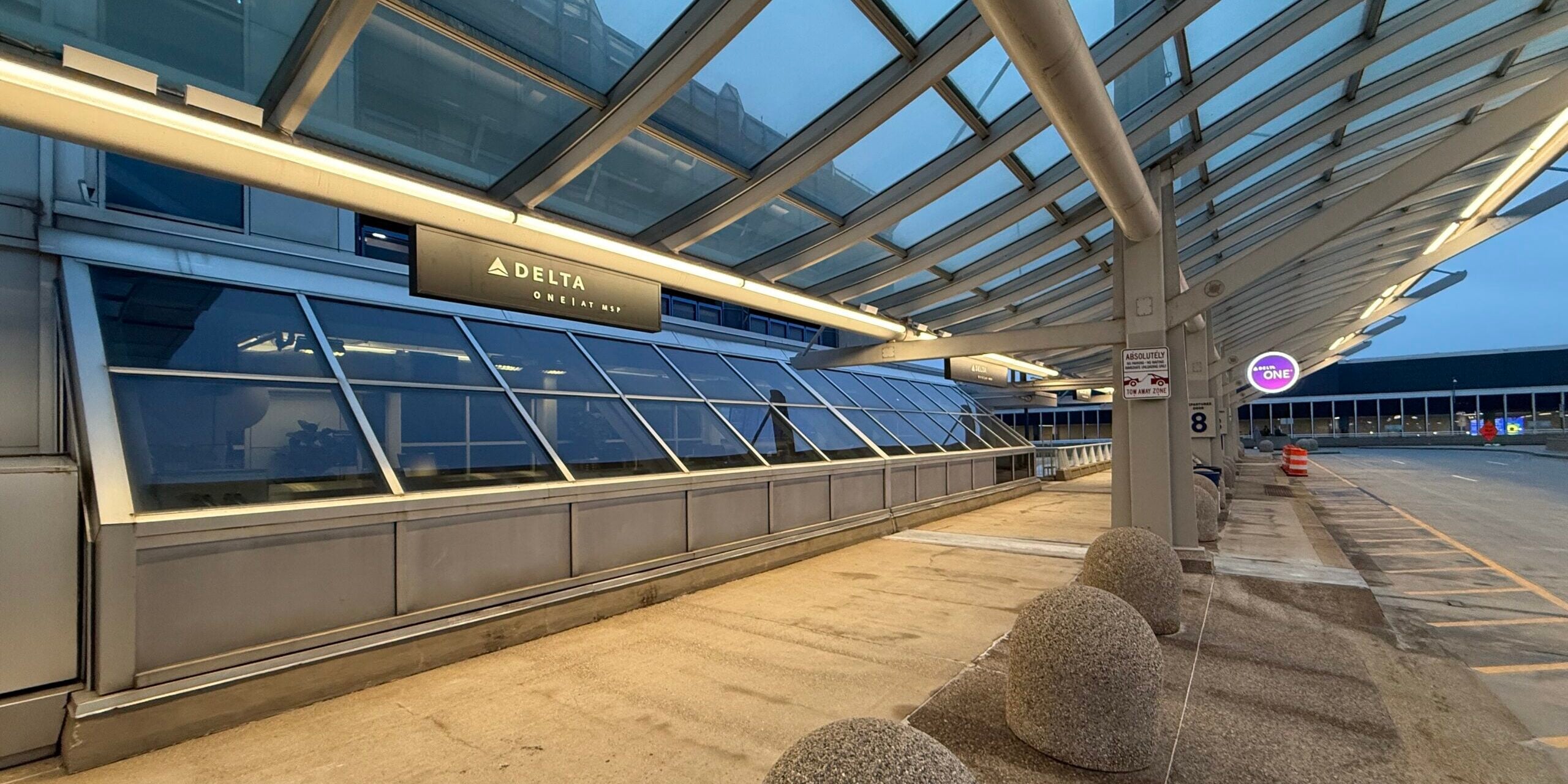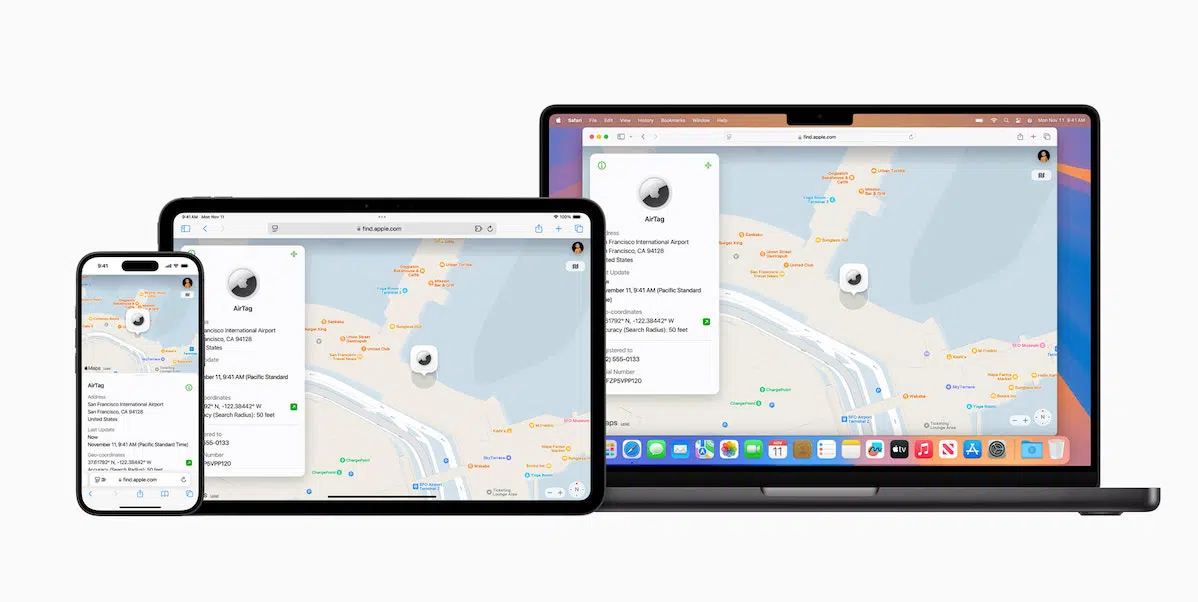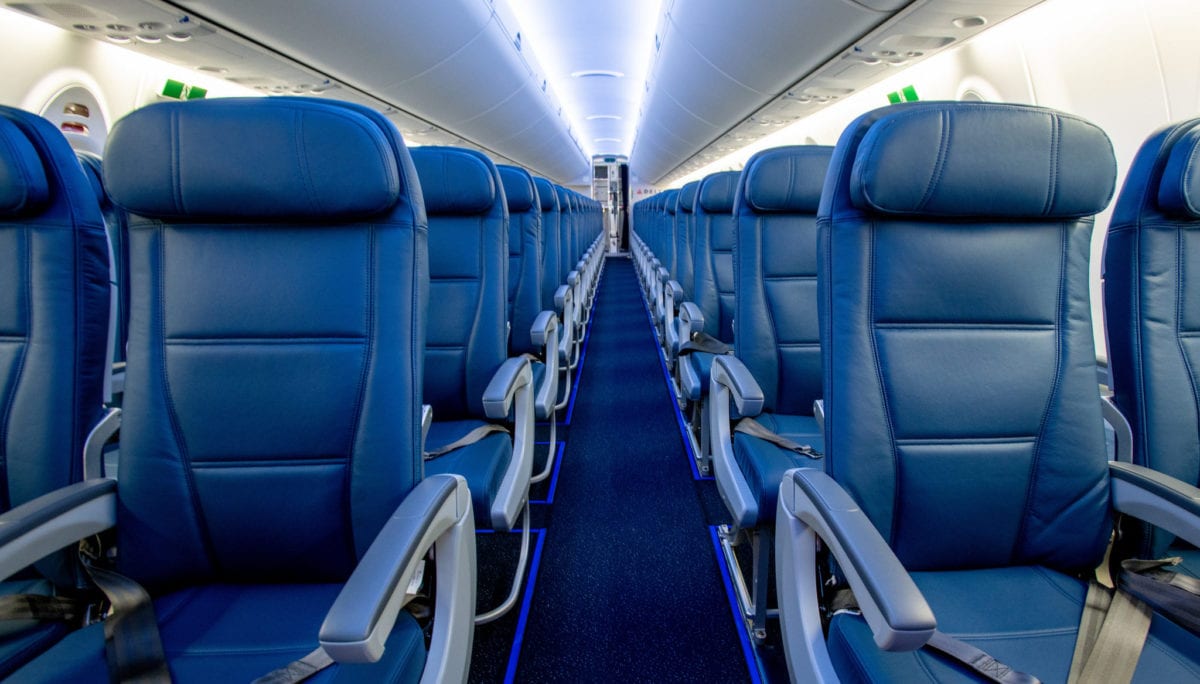
VIDEO: Reviewing Delta One Suites to London (& Delta’s Exclusive New Check-in at Minneapolis)
Delta One Suites have been showered with praise for years for their privacy (thanks to a fully closing door at each and every seat), comfort, and service. But do they really live up to the hype? Follow along to see for yourself, as I captured the entire experience flying Delta's flagship business class cabin over to London-Heathrow (LHR) earlier this month on Delta's Airbus A330-900neo. That...


